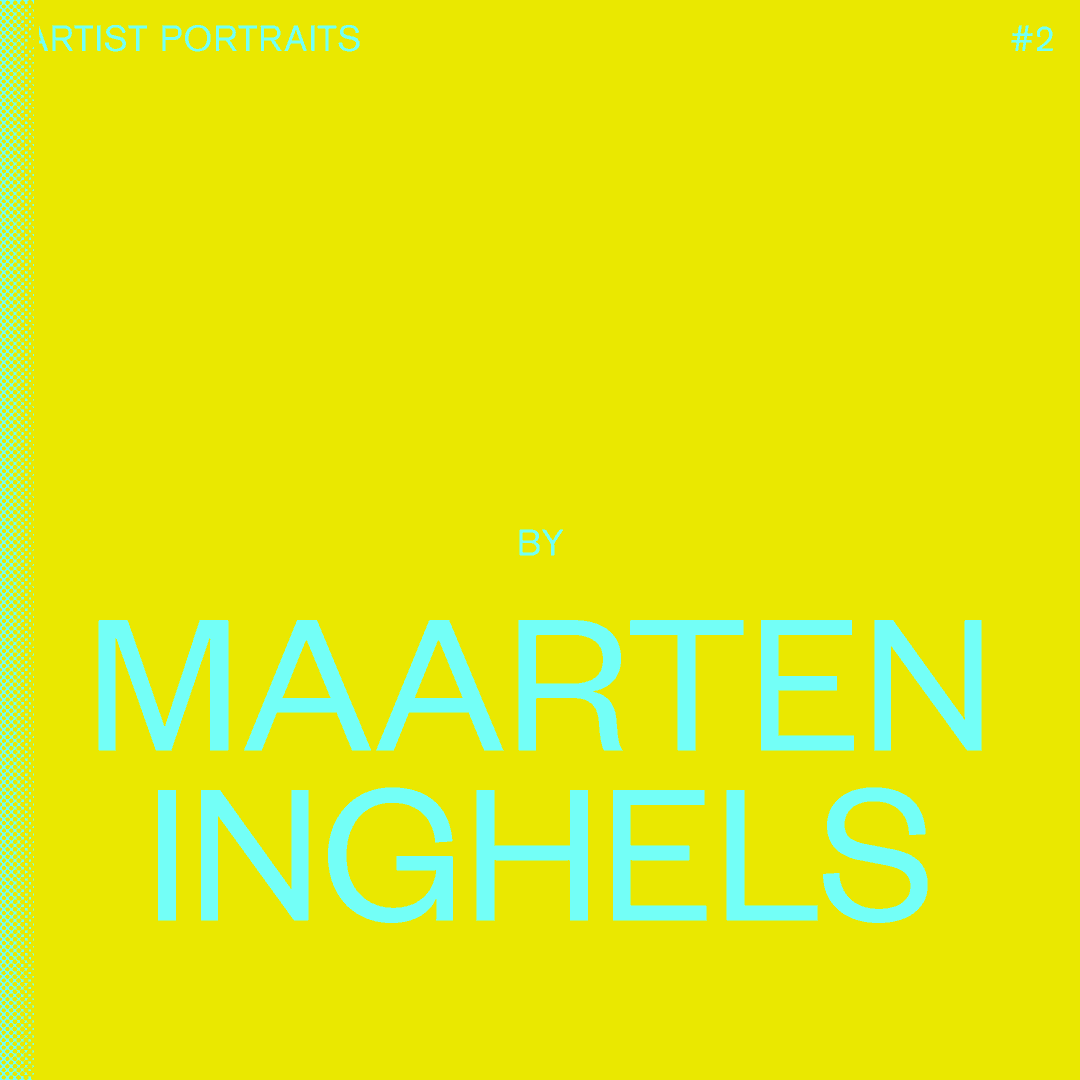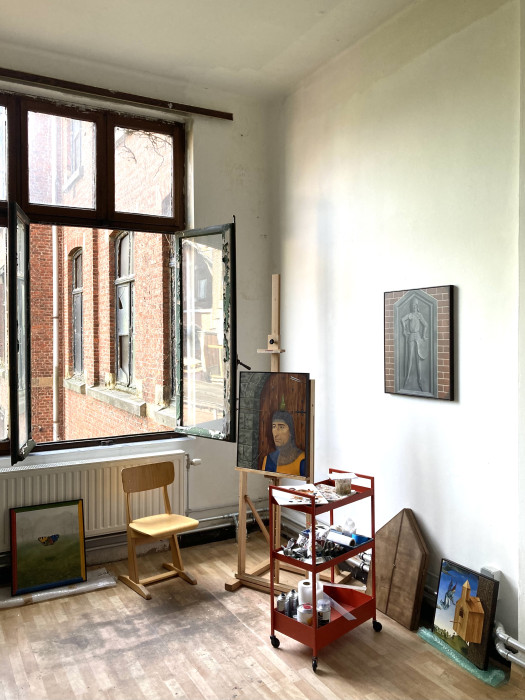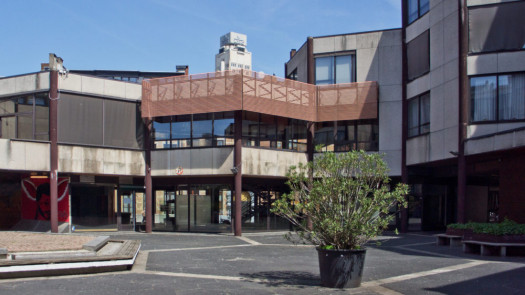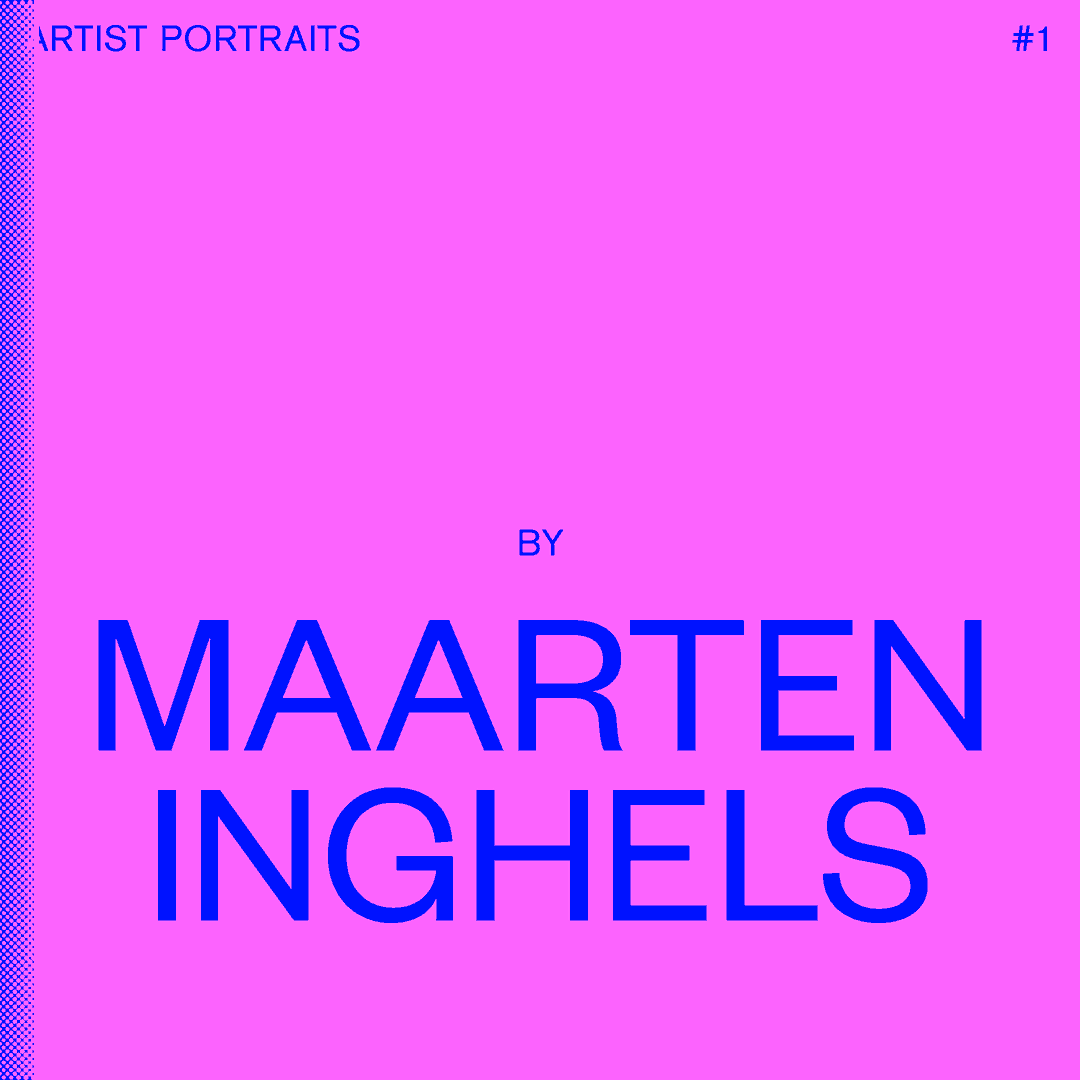

1/2
Tower Watchmen and Greyhounds
Artist Portrait
MORPHO introduces a new series of artist portraits that brings our studio occupants into the limelight. The text is the portrait, at once of the author and the person portrayed, who are both studio occupants.
TOWER WATCHMEN AND GREYHOUNDS
On the internet, at the moment I write, there is almost nothing to be found about the work of Dittmar Viane. There is his Instagram account, with photographs of recent oil paintings, which I have been following for some time now. There are three sentences from a discussion of the Antwerp Art Fair by Wilson Tarbox, with which the young artist is best pleased, the last sentence being, ‘Bringing something of the playful bizarrerie of medieval imagery into a paint-erly style that has all the seriousness of Protestant art from the 16th and 17th centuries, the artist succeeds at creating surreal, amusing images that reward careful, protracted looking.’
‘What does protracted looking mean?’ asks Dittmar.
‘Maybe derived…?’ I venture, haltingly.
It translates as ‘looking for an extended period of time’, something that I have been doing all morning in his studio in the Ploegstraat in Antwerp. A low-hanging winter sun pierces sharply into the narrow space, a room in a former monastery. He has only worked here for a few months. He moved here from Waregem, where he spent the worst months of the pandemic painting, eating, painting, sleeping, and painting. And taking walks in nature, with his father for example, with whom he sometimes photographed red deer in rutting season. That nature finds its way into his paintings, serving as a background for fabulous tableaus filled with Knights of the Round Table, turnip heads and castle gates. The landscapes seem a wink of the eye to trees, little chapels and absurd towers by Valerius de Saedeleer.
‘During the pandemic, I mostly worked on one big painting,’ says Dittmar as he shows me an image of Het duel (The Duel, 2021) on his laptop, of an archer whose arrow has pierced the hand of a knight in full armour, surrounded by a landscape adorned with candy floss trees, rocky cliffs and undulating hills.
In recent months, he visited the Groeninge Museum in Bruges and the KMSK Royal Museums of Fine Arts in Brussels to study certain paintings at close hand. These included De gerechtigheid van keizer Otto (The Righteousness of Emperor Otto) by Dirk Bouts, a sadistic scene from the 15th century in which the just-severed head of the ruler is handed on and a woman in the background is about to be burnt at the stake. In the foreground, a dog sleeps as a coal fire smoulders.
‘I wrote my master’s thesis about symbolism in Medieval art, especially animals,’ Dittmar explains. ‘Now, for new paintings, I am studying collared parakeets, greyhounds and horses dressed in winter clothes. But in contrast to the Flemish Primitives, there are no hidden meanings behind the objects in my paintings. Although I would not paint an iPhone.’
I ask if the people in his paintings are modelled after living people.
‘The woman in De laatste kamillebloem (The Last Camomile Blossom, 2019) is my girlfriend,’ he replies, ‘but most of the heads are assemblages from different characters. The majority are isolated figures, sometimes two people, but never an ensemble of people. For a new work, I am thinking of maybe doing a self-portrait in chainmail with a pear on my head.’
‘Does the pear mean something?’
‘No. It’s just not an apple.’
Dittmar Viane mimics the aesthetics of the Flemish Primitives to his heart’s content. His scenes are often very realistic, in which something is not quite right. That something is often the perspective. What is far away is lighter, even brighter, in colour. The perspective flight paths intentionally fail to arrive at a single point. The viewer is able to look at a front view, a side view and a top view of the scene.
‘So the work becomes something naïve. And the mistake makes it exciting.’
He proudly demonstrates how the Flemish Primitives taught him to draw leaves on trees following a simple method, and how he figured out how to quickly create the illusion of the bark of a tree, using jerky moves of the brush as it glides over the wood panel.
As I continue to absorb myself in a recent painting, I see more and more elements and increasingly realize how insanely detailed the imagery is. An angel with bird’s wings floats in front of a wooden birdhouse in the shape of a church. That makes me think of a novella I wrote when I was 15, about a pair of angels with human feelings of melancholy. The angels I envisioned through words back then pale in comparison to Dittmar Viane’s hummingbird-like creatures. Their wings are in every colour of the rainbow, the drapery in the angel’s robe looks chiselled from marble. The angel pokes his sword at the wooden bird church.
Wood plays a central role in his work. A painting under construction reveals a house of cards made of sawhorses. He has built a small wooden tryptic. And for a while now, I have been dreaming of buying a small painting by Dittmar Viane: against a bright blue background, a painted wooden plank has a round hole in it, through which peeks a grey-blue eye (Het schild/The Shield, 2020). It is one of the works that, in Magritte-like manner, shows the connection be-tween the stylized works in acrylics that he completed while studying at KASK School of Arts in Ghent and his recent winks of the eye to the late Renaissance. It fits with another oil painting in which a pointed angel’s ear is depicted against a white cloth, a reference to the Veil of Veronica.
‘I’ll have to write a few more artist portraits in order to be able to buy it,’ I confess.
‘I work very precisely, so I cannot produce very much,’ he explains.
Today, he is 23 years old. After a succession of gallery owners passed through his room in his parent’s home to congratulate him on his graduation work, a year ago, he tucked some paintings under his arm and took them to Everyday Gallery in Antwerp. They have already presented him at a number of art fairs, ‘so you get a bit of a waiting list’, and in a group show: ‘It’s a shame I had Covid-19 during the opening.’ He has noticed that his buyers are often Dutch. De torenwachter (The Tower Watchman, 2021) was sold at Art Ant-werp to publisher and art dealer Oscar van Gelderen, who soon thereafter made an appearance at Dittmar’s studio. In an exchange done through his gallery, the Dutch ceramics artist Koos Buster also purchased a large painting.
‘Who would you like to exchange work with?’ I ask Dittmar.
‘A small work of mine in exchange for a large Hans Memling (1430-1494) would be a nice deal. I can look at them for hours.’
I too want to keep looking at Dittmar’s work, in which he is as steady as a monk as he brushes his birds, butterflies and banners onto his canvasses. But I am taking up too much space in his small studio. In a few months, moreover, he has his first solo show planned at Everyday Gallery, so he has no time to spare. It is not clear if he can make the deadline, he says. He works half time in a shoe shop. He still wants to make a number of installations and he is also planning a protracted trip to Peru. Perhaps he will return with a jungle in oil paint.
- Author
Maarten Inghels is a writer and studio occupant with MORPHO at RAAT.
- Sitter
Dittmar Viane is a visual artist and studio occupant with MORPHO at Ploegstraat.
- Translator
Mari Shields


